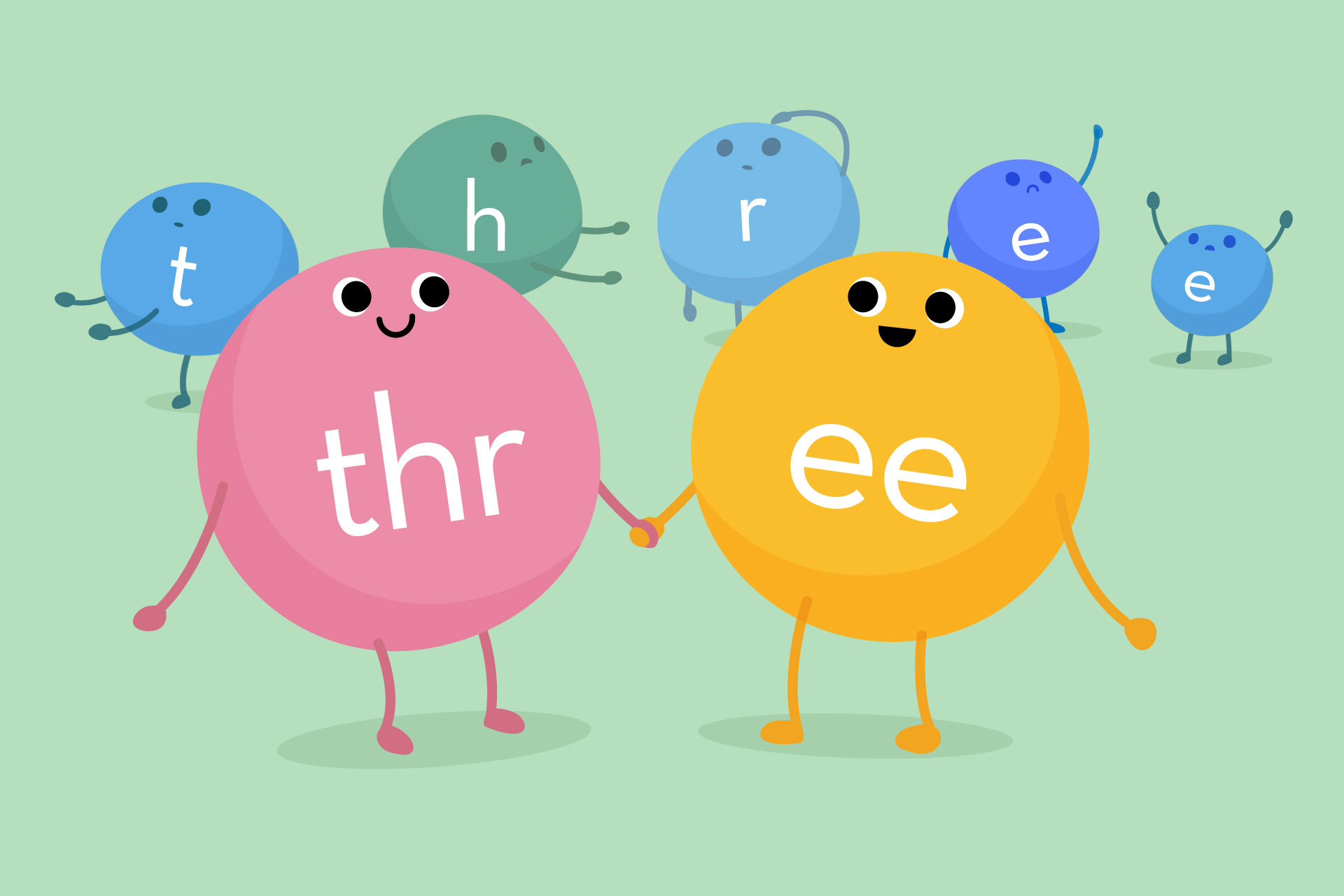Recently I watched a father trying to help his 6 year old daughter with reading. The child stumbled over the word ‘grass’… ‘gerra… gerra-ass’ she mumbled in perplexity. Instantly her eyes swung up from the page and focused on her father’s face.
He couldn’t resist. “Cows eat it,” he offered.
“Hay?” the child suggested, though without much conviction.
“No,” said Dad. “It’s green and grows everywhere. Lots of animals eat it!”
Her frustration began to edge towards anxiety. “Lettuce – like my rabbit; I DON’T KNOW IT!” she said, with a marked increase in volume!
Dad changed tactics. He looked directly at her face and began to form the sounds (phonemes) with great emphasis. “Grrrrr… a… ssss.”
She looked carefully at his lips.
“Grrr… a… sss,” he repeated. “Those are the sounds. Now you try it.”
The ‘aha’ moment began to dawn. “Grrr… a… sss,” she echoed.
“Now,” said the relieved dad, “squish them all together… Grrr… a… sss. What does it say?”
“Grrr… a… sss… GRASS” yelled the triumphant girl!
“Yay!” said Dad. “What a clever girl you are!”
Clever indeed. I have little doubt that, with help like this, she will one day be expert in solving crosswords and lip-reading. But it takes a very different approach to progress reading.
The cardinal rule for reading improvement is ‘progress lies in the printed text’ not in the faces of the helpers or in the learner’s general knowledge. Reading improves as readers learn how to transfer sounds from words they know into words they don’t know. Here are a few pointers.
- When helping with reading sit slightly behind the learner to help them focus on the text and not on you.
- Each time they look at you for ‘clues’ say gently ‘Keep looking‘. Don’t be in a hurry to step in. Give at least 15 seconds for the child to try to puzzle the unknown words out.
- If they offer a wrong word say: ‘Keep looking at the word till you get it right. Don’t look at me.’
- If they can’t solve the word, follow the steps below:
- Write the problem word on a piece of paper. (I’ll use ‘grass’ as an example.) Use the same ‘case’ as is used in the printed text.
- Say: ‘This word has got three sounds.’ (Don’t say the sounds.)
- Underline any blended sounds (groups of letters that make one sound) and put dots under single letter sounds – like this:
- Pointing to ‘grab’ say: ‘This word is ‘grab’. It has three sounds: ‘gr’… ‘a’… ‘b’…’
- Pointing to ‘pass’ say: ‘This word is ‘pass’. It has three sounds: ‘p’… ‘a’… ‘ss’…’
- Point to the problem word and say: ‘What is this word?’
- Then move well back and remind the learner, if necessary, to keep looking at the text – not at you! Give heaps of time – 30 seconds or so.
- If they still can’t solve the word return to the two clue words and say their sounds and get the learner to repeat them – with their gaze firmly on the text – not on you!
- Ask them to solve the problem word again.
This is a very effective reading improvement strategy. But don’t overdo it. In a reading session of 15 minutes only do this twice. You can make a note of other words they get wrong and repeat the steps above on those words in a separate session just focused on two or three problem words rather than on trying to read a full text.
If in the 15 minutes reading session there are other words that the reader can’t solve, resist giving them away ‘for free’. Say: ‘We’ll solve that word later’. And of course remind them: ‘Don’t look at me!’
Once you start using this strategy 3 things will happen:
- You’ll realise just how often you have been using the crossword clues/lip-reading technique.
- Your child’s confidence with reading will improve rapidly.
- You’ll feel like an expert reading assistant!
Zaprendo combines the power of technology with innovative teaching strategies to create educational tools that spark the joy of learning for life.
Find out more- Sounds English Phonics out now on the App Store and Google Play
- Find out more
- Download


